10 THINGS YOU DIDN'T KNOW ABOUT DOGS
Dogs are great - they give us love, and companionship and are always there when we need them. But did you know that a dog is more than what you see?
We all know that dogs have been "man's best friend" for thousands of years, but there's a lot more to our four-legged friends that make them truly amazing.
We've put together some information about our favorite dogs so you can learn more about your dog.
1. Their sense of smell is at least 40 times better than ours
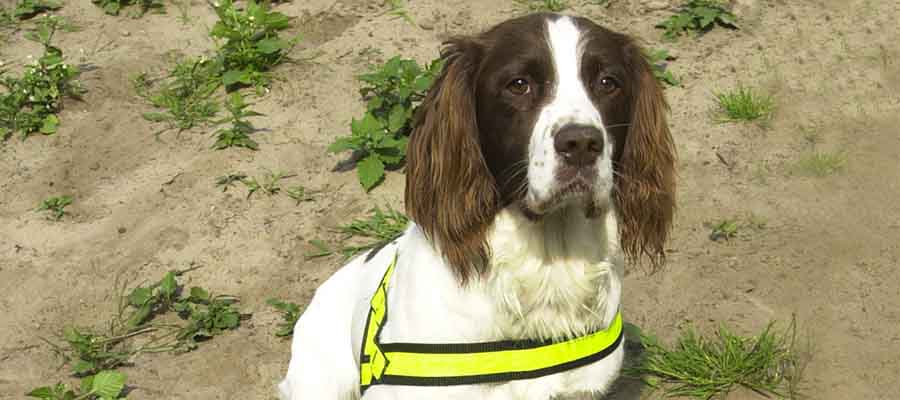
The area of cells in the dog's brain that detects different odors is about 40 times higher than in humans. This means your dog may smell more than we do. This is why dogs are often used to sniff out people, drugs, and even money!
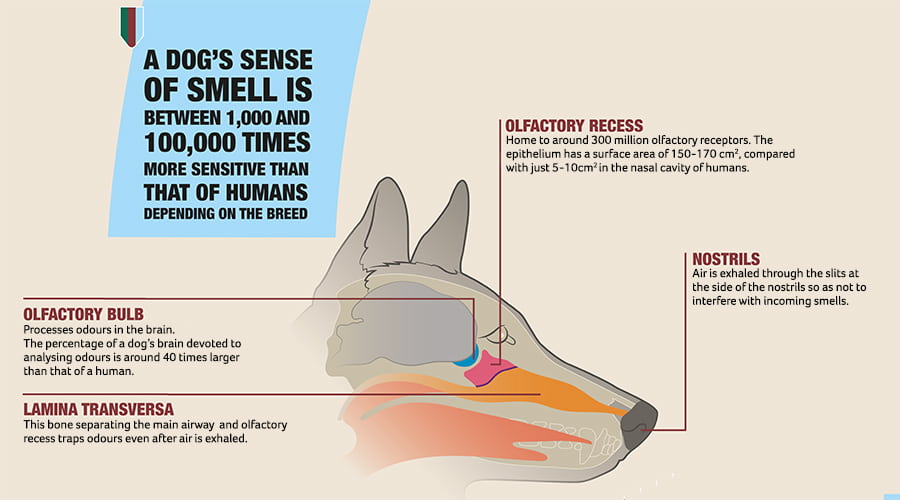
Some of our hero hounds have received PDSA medals for their noses! Dog Buster Searching for Weapons and Explosives (pictured above) was awarded the PDSA Deakin Medal in 2003 for outstanding service in Iraq - he discovered a large number of weapons and explosives related to extremist groups, saving the lives of many civilians and service personnel. Read more stories about our incredible medal winners.
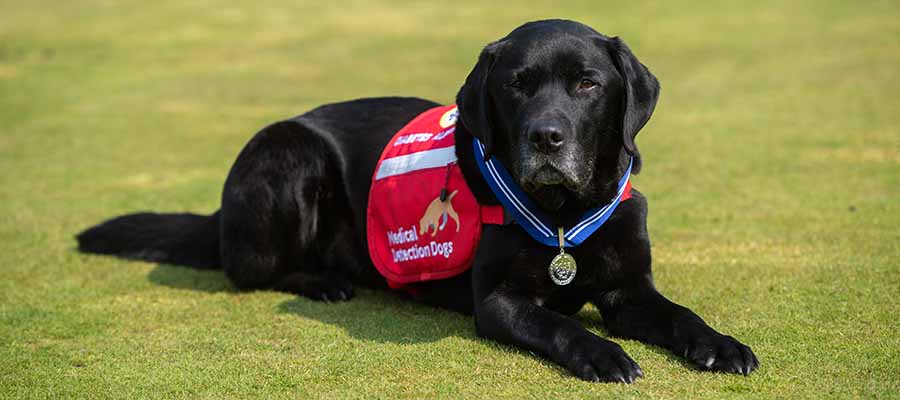
Yes, it is one thing for dogs to detect medical problems. Because they have an excellent sense of smell, some dogs can be trained to sniff out medical conditions. They are used to diagnose specific conditions or to alert owners when more medication is needed. Some have even been trained to sniff out Covid-19!
One of these incredible dogs is the medical detection dog Parr (pictured above), who was awarded the PDSA Medal of Commendation. Parr plays an important role in the life of Claire with diabetes by reminding her of changes in her blood sugar. If not caught in time, these changes can kill her. Read more about their incredible connection.

Dogs mainly rely on their sense of smell to find food, potential hazards, and so they sniff a lot. Their noses are designed so that the smell stays in the nose while the air goes in and out of the lungs at the same time, which means they can breathe comfortably and still smell what the smell is!
4. Some dogs swim well
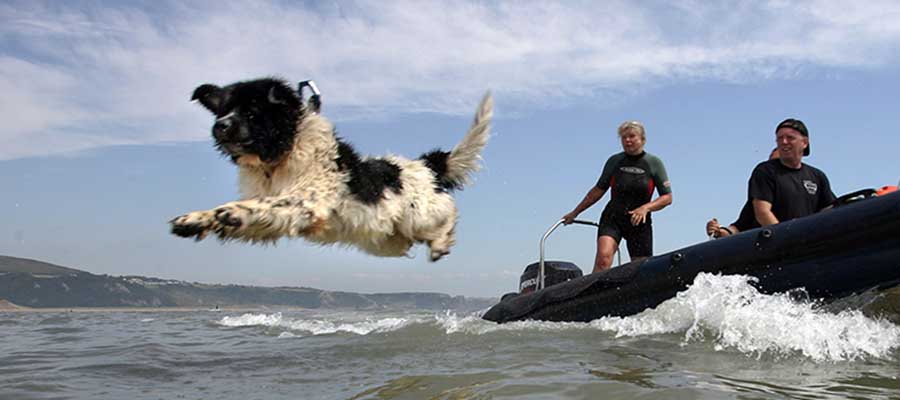
So not all dogs like water, but those that love to swim (but again, not all dogs will keep an eye on your dog in case they decide to go out). outside). different from swimming).
The Newfoundlands have such good water that they have been used as water rescue dogs for many years. In 2016, a brave man from Newfoundland named Whiz was awarded the PDSA Medal of Commendation for saving nine people at sea during his career as an underwater rescue dog. Read more about Whizz's amazing rescue.
5. Some are so fast they can even beat a cheetah!
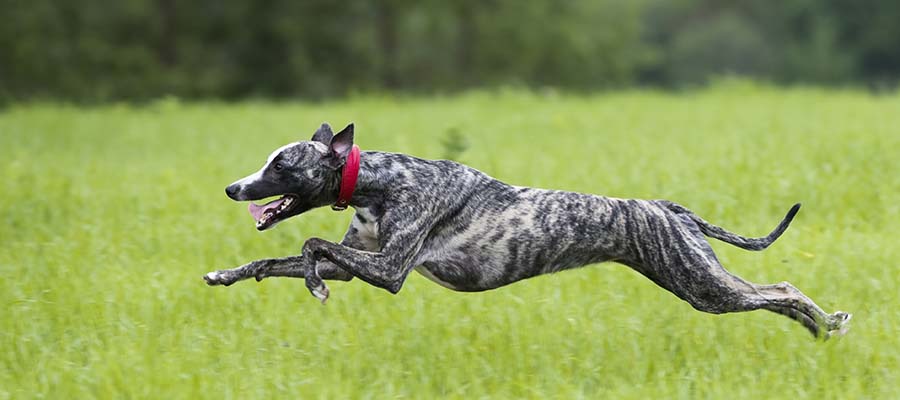
Most dogs can easily outrun humans - they were made to run and chase! By far, however, the fastest breed is the Greyhound. These agile-looking terriers can reach a top speed of 45 mph within seconds of starting a run.
"But how can you defeat a cheetah?" We hear you ask. Well, while cheetahs can reach speeds close to 70 mph, they only last about 30 seconds. The Greyhound, on the other hand, can easily go 7 miles at over 35 mph. So even though the Cheetahs are ahead, they will soon pass!
6. Dogs don't sweat like us
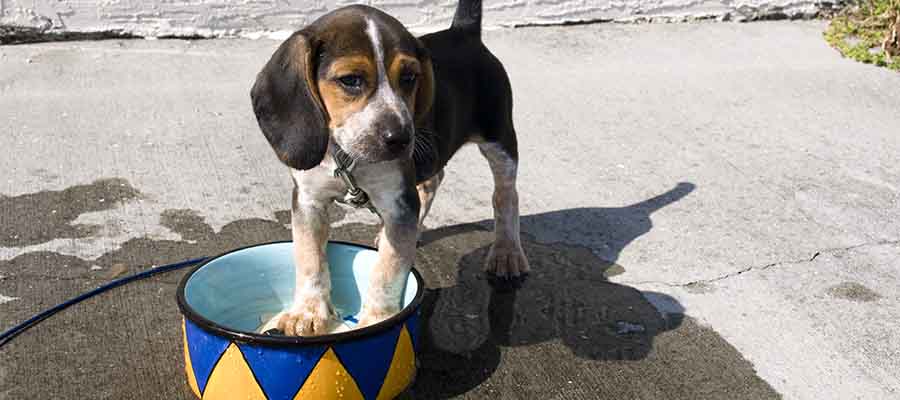
Although dogs can sweat, don't expect them to get their armpits wet anytime soon. When human sweat cools, dogs secrete a pheromone-rich slime that we humans can't detect (dogs know it's there because it has a very strong sense of smell). The only place dogs sweat like we do is in their paws, so they pant to cool off. That's why it's important to keep your dog cool on warm days to make it easier.
7. Your dog can be left- or right-footed
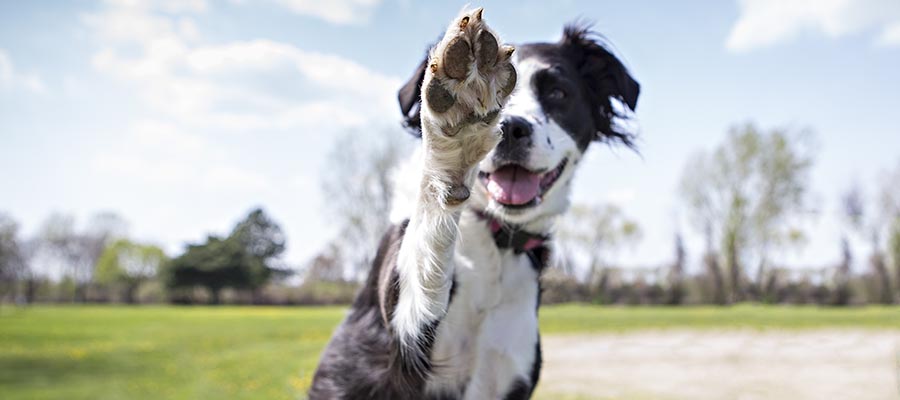
There's been some research on this, and it turns out that, like us, dogs have a great hand (ah, a leg) to guide them. You can help them determine if your dog is on the left or the right by giving them their favorite interactive toy or game and seeing which paw they use first.
8. In addition to the nose, a dog's hearing is also super sensitive
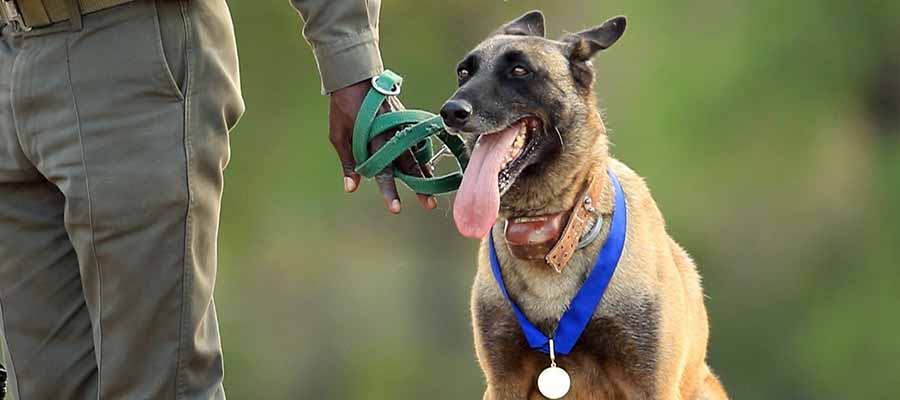
We all know that dogs can hear much higher frequencies than we can, but did you know they can also hear farther? In general, dogs can hear sounds softer than we can, so they can hear them farther away.
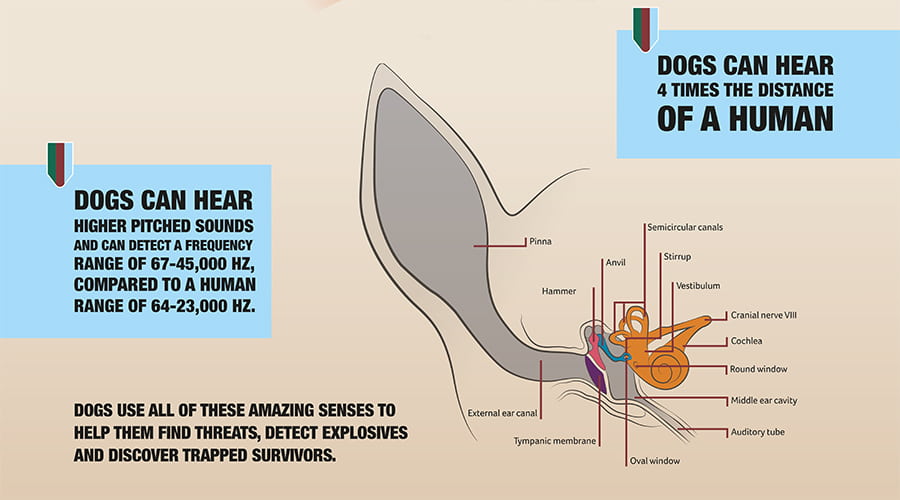
This is another trait that makes them excellent search and rescue dogs. While they mostly use their noses for tracking, their hearing can also be really helpful (especially as they get closer to whatever they're looking for!). Dogs like the K9 Killer (pictured above), who won a PDSA gold medal for helping track down rhino poachers, excel at tracking with both smell and hearing. Read more about K9.
9. Dogs have 18 muscles that control their ears
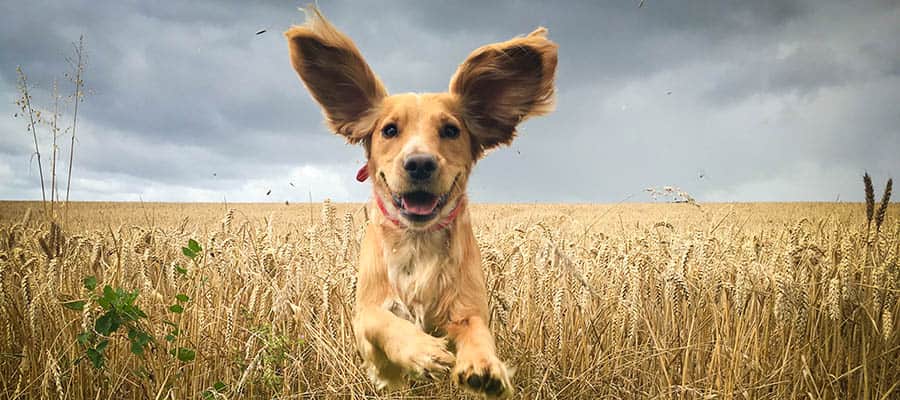
If you have a dog, you may notice that its ears move a lot. They have about 18 muscles responsible for moving the ear. These can help them reorient their ears a bit to better hear background noise and play a very important role in telling us how dogs are feeling. A lot of a dog's body language is expressed through the behavior of its ears, so a dog's ears are important in helping them communicate with us and other dogs. Read more about dog body language.
10. Dogs are as smart as two-year-olds

Studies have shown that dogs can learn more than 100 words and gestures, which puts their intelligence and understanding of us on par with a two-year-old child. However, dogs are easier to train than two-year-olds! They are used for a variety of jobs ranging from military roles to assisting dogs, as they are intelligent and very loyal. To start training your puppy with the basics, check out some top tips from our qualified behavior expert.


Post a Comment